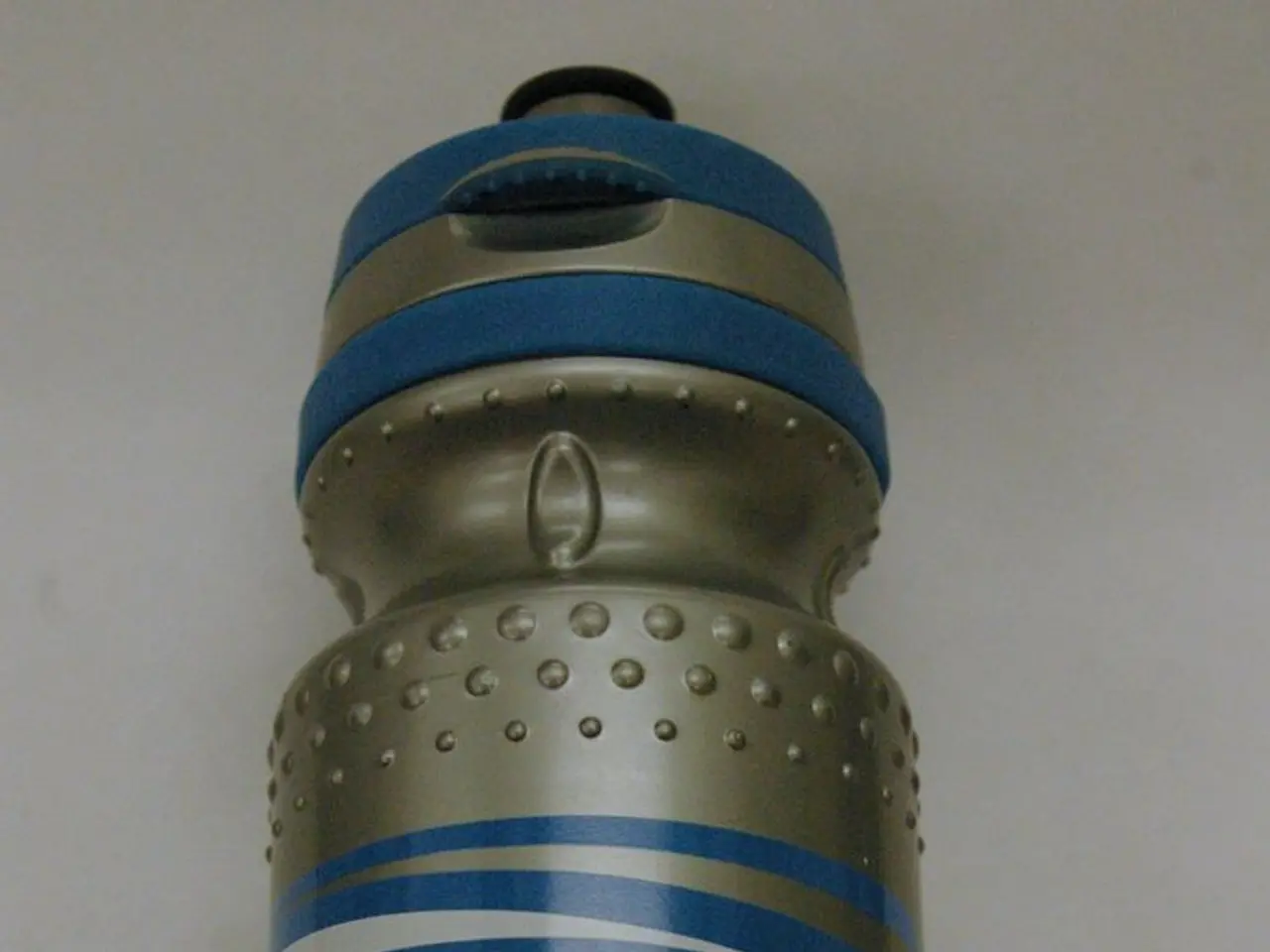Dental appointments often involve replacing existing tooth fillings.
Composite fillings, known for their aesthetic appeal, are a common solution for tooth decay. But how long do they last, and what factors influence their lifespan?
Typically, composite fillings can last anywhere from 8 to 10 years. However, this duration can vary significantly, ranging from 5 to 15 years, depending on several factors.
One of the key determinants of a filling's longevity is oral hygiene. Regular brushing, flossing, and routine dental visits play a crucial role in extending the life of a filling.
The location and size of the filling also impact its durability. Fillings in areas of high bite pressure or larger cavities may wear out faster or chip more easily.
The quality of the composite resin material used is another significant factor. High-quality materials offer better durability.
Individual habits, such as teeth grinding, chewing ice, or other abrasive activities, can accelerate wear and reduce the lifespan of a filling.
Regular dental check-ups are essential for early detection of potential issues with fillings, helping to maintain their effectiveness.
Compared to materials like gold or porcelain, composite fillings tend to be less durable but more aesthetically pleasing. It's important to note that, regardless of the material, no dental filling lasts a lifetime.
Other factors influencing a filling's lifespan include the quality of the placement technique, the tooth's load, bite characteristics, and habits such as nut consumption.
Some common issues that may arise with fillings include edge adhesion, edge pigmentation, roughness, and secondary caries. Increased sensitivity to hot, cold, or sweet substances can also be a sign that a filling needs replacement.
Over time, a microscopic gap can form between the filling and the tooth, allowing bacteria and acids to penetrate and cause demineralization of the tissues. Only a dentist can detect these hidden issues and provide appropriate treatment.
It's advisable to see a dentist if the edges of the filling have darkened, become rough, or have detached. A dull or sharp pain when biting down can also indicate that a filling needs replacement.
Around 35% of fillings may become unsatisfactory within 3 years based on various criteria. Secondary caries can develop under or near an old filling, making regular dental check-ups essential.
In summary, while the average lifespan of a composite filling is around 8-10 years, good personal care and regular dental monitoring can help maximize their longevity. Conversely, lifestyle habits and filling placement can shorten their effective duration. Regular dental check-ups are crucial for early detection of potential issues and timely intervention.
Science and health-and-wellness are closely related when it comes to the longevity of composite fillings. Good oral hygiene, such as regular brushing, flossing, and dental check-ups, can significantly extend the lifespan of a filling. Conversely, habits like teeth grinding, chewing ice, or other abrasive activities can reduce their lifespan, highlighting the importance of health-and-wellness practices for dental care.




